This piece first appeared in Ran Dian Issue 2.
An early video, “Chewing Gum Paper” (2011), tracks countless balled-up chewing gum wrappers as they skitter over the taut skin of a snare drum. They are propelled by the vibrations of Martin Luther King Jr.’s baritone: “I have a dream,” he repeats. The moment combines the historic and the ephemeral, as if the restricted Brownian motions of the paper by some twisted and distant line of causality were already pregnant in King Jr.’s speech. If there’s a logic that informs Cheng Ran’s practice, it’s the kind that structures dreams: his work oscillates between the dream as an inexplicable vision, and a dream as a practical ambition.
The cusp of sleep is quite a place to balance. The stories here promise something, but it’s mumbled, and like the optical scope of a lens, the more they fall out of focus, the larger they loom. It’s a consistent interest: consider “Before Falling Asleep” (2013), a work made during Cheng’s residency at Amsterdam’s Royal Academy. This video installation adapts the time-honored practice of the bedtime story. Using as his texts fables by Aesop and Ivan Krylov (a Russian fabulist often anthologized in children’s literature in China), he staged conversations between actors who would embody the characters—be they animals, plants, or natural phenomena. The tone of these works—aided by the soft coloration of super 16mm film—recalls the state of hypnagogic hallucination which lies between waking and dreaming.
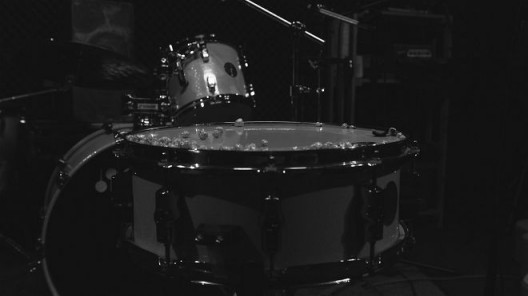
Cheng Ran,“Chewing Gum Paper”, video still, 2011 (Courtesy: the artist and Galerie Urs Meile, Beijing-Lucerne)
When shown at Galerie Urs Meile in Beijing, these four videos were split into four viewing stalls and the screens were laid low to the ground so that viewers could relax on the carpeted floor. In “Part II: The Two Pigeons”, a restless pigeon leaves its homebound mate to discover that the world of freedom is full of dangers; the narrative is played out in a sluggish conversation between two art students reclining between replicas of Greco-Roman statuary. Or, in “Part I: The River and the Pond”, a rotating cast reflects on change: “You will dry up soon, maybe in a couple of months, and you will be forgotten.” These are old-fashioned morals, updated to reflect on the pressures facing an artist’s choices between institutional safety and the risks of free agency.
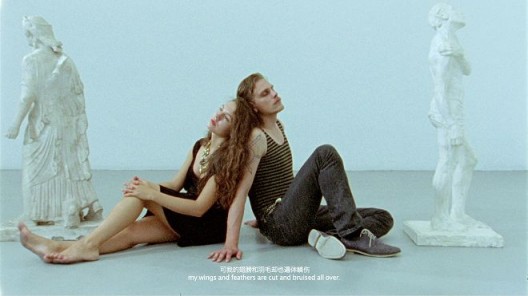
Cheng Ran, “Before Falling Asleep, Part II: The Two Pigeons”, video still, 2013
(Courtesy: the artist and Galerie Urs Meile, Beijing-Lucerne)
Like much of Cheng’s work, “Before Falling Asleep” relies on found stories: although he usually builds his own installations, the narratives that they house are almost always based on fragments that he discovered elsewhere. “Always I Trust” (2014), for example, uses a standard phishing email which was sent to his inbox as a score for a video. Cheng transposed the global “lolspeak” of the email, which attempted to seduce him into a relationship to trick money from him (“anyways how u been. In case u don’t know its ME”). The resulting video is voiced over in sophisticated Mandarin with just the right mixture of sentimentality and cynicism, in a compelling performance by actress Carina Lau. (Nonetheless, these translations are not always so engaging. Take the English voice-overs of “Before Falling Asleep”, for instance, and the Dutch artist friends he employs in his videos—there’s an uncomfortably arty internationalism in them.) And his bent for collaboration is always evident: “Always I Trust”, for example, in its form as an installation in Palais de Tokyo, was scored by a group of seminal sound artists who come from noise, improv, and psychedelia of the Chinese underground: Li Jianhong, founder of 2pi; Li Qing of Soviet Pop; Wei Wei of VAVABOND; and Wang Ziheng of Morning Wood.
Cheng is able to draw on this debt to other artists, whether as an inheritor or as a collaborator, and create deeply moving reflections. He has always credited his predecessors. Cheng quotes directly from, among others, Nan Goldin, Wim Wenders, Derek Jarman, and Stanley Kubrick. One of his first works to garner international attention simply inverted— quite literally—a series by Bill Viola. “Angels of the Millennium (Number Six)” adds a count to the American elder’s “Five Angels for the Millennium”, showing an upside-down image of a sinking man who looks as if he is rising.
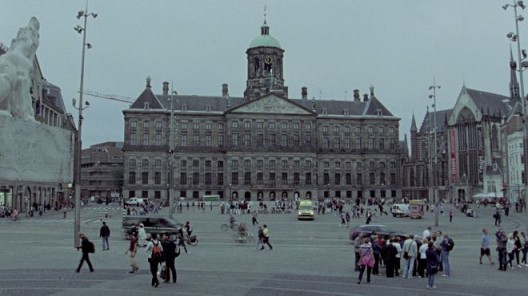
Cheng Ran, “Before Falling Asleep, Part I: The River and the Pond”, video still, 2013 (Courtesy: the artist and Galerie Urs Meile, Beijing-Lucerne)
Thankfully, unlike the projection ex nihilo that installation artists who prominently use video like Guido van der Werve or Philippe Parreno have advocated, Cheng never works from scratch and always gives credit where it’s due. It makes his investment in memory much more convincing, since he is recalling not only generic experiences, but his specific formation as an artist.
These narrative explorations are formal, too. Though Cheng made his name as a video artist—and wins awards in that role—his work always spills over from the screen’s brim and into the space. Many new video works are accompanied by novels (see “Circadian Rhythm”), sculptures, and photographs, if not by live music too (“9-Hour Film” is scored by post-rock darlings Wang Wen). Clearly, his work has long since expanded beyond the frame. It remains to be seen if he will have to expand beyond the white cube, too. Can the art world’s funding and distribution mechanisms support the creation of ambitious cinematic work on a par with his influences?
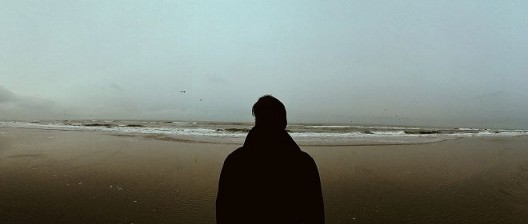
Cheng Ran, “In Course of the Miraculous”, video still, 2015 (Courtesy:
the artist, K11 Art Foundation, Erlenmeyer Foundation, and Galerie Urs Meile, Beijing-Lucerne)
For generations up to, and perhaps including, this one, the idea of memory and its image still is based on the metaphor of the cinema—a bright image, a swelling soundtrack, perhaps a montage… Similarly, even when they are written as a novel or built as a sculpture, the holistic experiences Cheng crafts from sound, voice, image, and touch all feel cinematic. They retain a kind of contrast between the bright projection of memory and the black box of experience.
This is especially true of his most recent work, tentatively and literally titled “9-Hour Film”. It recounts three voyages that ended in death: the British mountaineer George Mallory’s botched attempt at scaling Everest, the Dutch conceptualist Bas Jan Ader’s disappearance in the mid-Atlantic, and a mutiny aboard the fishing boat Lurongyu 2682. These explorations take us deep into foreign landscapes, but also into weirdly human depths. Whereas absolute directions, like the points of a compass, are the same for all people, relative directions like left and right change with you. These quests perform a change in orientation: they are landscapes that feel like portraits. The protagonists in each case died. For a storyteller, that’s an exciting problem to have. We know it all ended, but we don’t know how—so there is no ending yet. These works do not only speculate about alternate endings, almost like extensions of the final scene, “The End,” of a film. The final chapter of the three parts is the most morbid: of thirty-three crew members in the fishing boat off the South American coast, only eleven returned after a pay dispute escalated into a murderous mutiny. Questions of pro per ethical behavior, the risks of hero ism—all the traditional problems of tragedy and comedy—are examined here, and represent an exciting foray into Cheng’s scaling of his work to address the cinematic tradition in an expanded con temporary idiom.
Cheng Ran trades in dreams, tricked out with the cinematographer’s entire toolbox. These dreams are sleeping, and waking, and every time the curtains are pulled on one chapter, another one has already begun, so that these experiences and installations blend into one another. It is the “Fin” of the movie, The End, and it never ends.
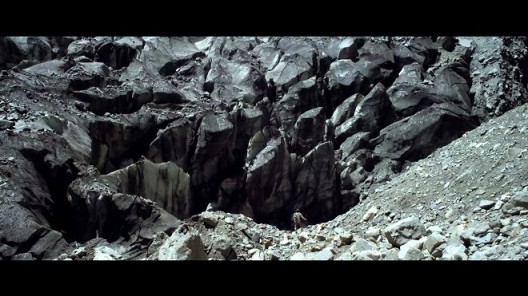
Cheng Ran, “In Course of the Miraculous”, video stills, 2015 (Courtesy: the artist, K11 Art Foundation, Erlenmeyer Foundation, and Galerie Urs Meile, Beijing-Lucerne)

Cheng Ran, “Hot Blood, Warm Blood, Cold Blood”, installation view, 2011

Cheng Ran, “Hot Blood, Warm Blood, Cold Blood”, video still, 2011